It may not be possible for every visitor to Spain to visit the whole country at one go, but fortunately, big cities like Madrid have all the regional cuisines of the country. In this post, I shall lead you to two very popular Galician restaurants in Madrid, where you get to savour extremely authentic Galician dishes.
What’s so special about Galician cuisine?
For those not in the know, Galicia is an autonomous region of Spain, located on the Atlantic coast of the Iberian Peninsula, above Portugal. Unlike the rest of Spain and like its Asturian and Portuguese neighbours, Galicians are a Celtic people. When you think of mountainous terrains shrouded in mist, of druids brewing magic potions, of the sad tunes of bagpipes echoing in the valleys, Galicia is very much all of those, as much as its Celtic cousins in Ireland, Wales and Brittany.
However, the Galicians have lost their Celtic language, albeit keeping the rest of their Celtic heritage. The current Galician tongue is a Romance language, and is still very much spoken in Galicia. Spanish, which is actually Castilian – the language of Castille, is the second language there.
Born between the ocean and the mountains, Galician cuisine features a huge variety of seafood and arguably the best beef in Europe!
Galicians LOVE their food! Like the rest of the Iberian Peninsula, family dining is very much a noisy, communal affairs with all generations of the family. And the best places to experience both the food culture and the food, is a local Galician tavern.
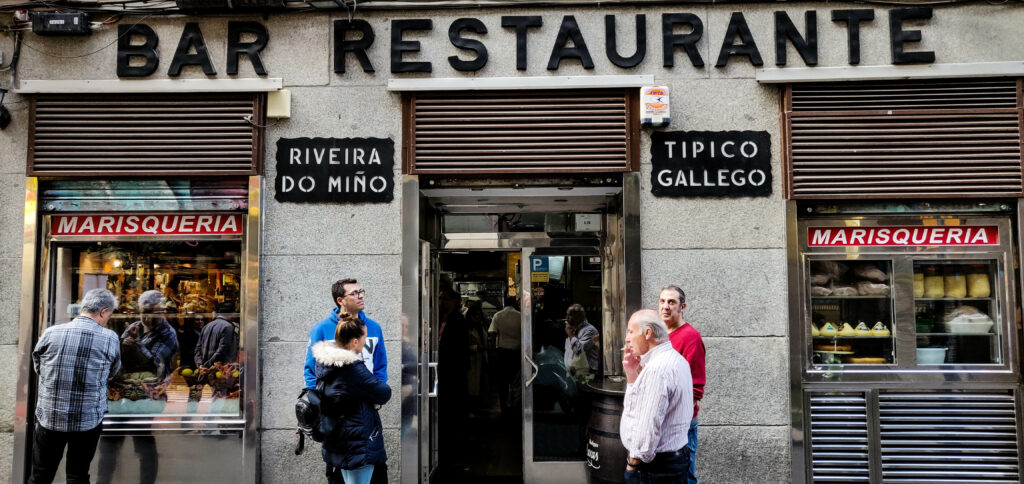
Marisqueria Ribeira do Miño
A seafood restaurant is known as a ‘marisqueria‘. Galicians are known to establish the best marisquerias in Madrid because they have and understand the best seafood. And the most popular marisqueria in Madrid is the Ribeira do Miño located on the Calle de Santa Brígida. This is a typical Galician tavern where you get to experience all the sounds and colours of Galician dining!
Mariscada: seafood platter
Seafood is best when it is cooked right after it is harvested. This is why seafood platters in Europe are often served cold, to the disappointment of some non-European tourists. I would advise that once you bite into the flesh, you will realise the juiciness and the flavour is superior to the cooked meat of the dead, frozen but uncooked fish and crabs you normally get in too-industrialised food cultures.
What’s different about the Galician mariscada? Its selection! The rocky coast of Galicia yields some of the best shellfish in Europe.
In a mariscada, you can expect to get:
- Camarón: Atlantic red shrimps
- Cigala: crayfish or langoustines
- Pulpo a la gallega/a feira: Galician-style octopus
- Ameixas: Clams
- Mexillóns: Mussels
- Nécora: Velvet crab
- Centolo: Spider crab
- Vieiras: Scallops
- Percebes: Goose-neck barnacles
Many of us know from history that the Galician Cathedral Santiago de Compostela was an important pilgrimage site back in the Middle Ages and the scallop shell – a symbol of the route – was worn by pilgrims. The relationship between seafood and Galicia certainly goes back a long way!
Spider crabs are a delicacy and cost a fortune, both in Galicia and outside of it. So do not be surprised when you see the price. The barnacles are likewise a specialty. They taste literally like the sea, but Galicians love them! I tried a few of them and they do not come cheap simply because they are very difficult to harvest. My favourites in the mariscada were definitely the pulpo octopus and the very tasty velvet crab!
Pan Gallego: The Galician Breast Bread
All Galician meals and especially the mariscada are served with the “pan gallego” – Galician bread.
It is a hard-crusted white bread that shaped exactly like a large woman’s breast and is just as big, complete with an erect nipple.
Do not be surprised when you are served the breast bread!
Marisquería Ribeira do Miño
Calle de Santa Brígida, 1
28004 Madrid
Spain
www.marisqueriaribeiradomino.com
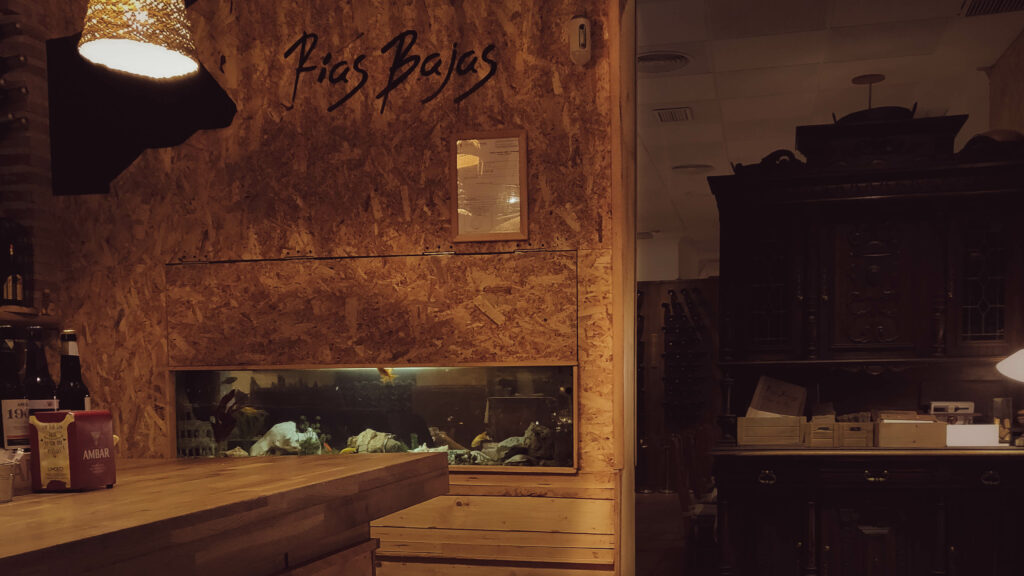
Restaurante Rías Bajas
The Restaurante Rías Bajas is one of the fanciest Galician restaurants in Madrid. Located on the Calle Clara del Rey (do verify it is this one here as there are several restaurants with the same name in Madrid), this Galician restaurant serves the finest meat and wines from the region.

Rubia Galega: the best beef in Europe
Native to Galicia’s wind-swept mountains, the cattle breed called “Rubia Galega” produces a deep-tasting beef steak that some food critics call it the best beef in Europe.
Unlike other cattles bred for food, the Rubia Galega cattle is left to graze for up to 15 years!
This allows the marbling to ripen and mature in taste. It is not as tender as the wagyu due to the cattle’s age, but it is certainly fuller and more powerful in taste.
The “Rubia Galega” beef is served cut thinly, stone-grilled and sprinkled with a little bit of rock salt.
Indeed, I had not tasted beef so good in all my years in Europe.
Pementos de Padrón: Padron peppers
The Pementos de Padrón (or de Herbón) is protected by the EU’s designation of origin, and is produced only in the municipality of Padrón.
It looks a lot like the Japanese “Shishito” pepper (獅子唐辛子), and it is often a game of Russian roulette whether you will get a mild or a hot pepper. This gave rise to the Galician saying:
“Os pementos de Padrón, uns pican e outros non”
“Padrón peppers, some are hot, some are not”
Unlike Shishito which are grilled, Pementos de Padrón are fried in olive oil and served dusted with coarse salt.
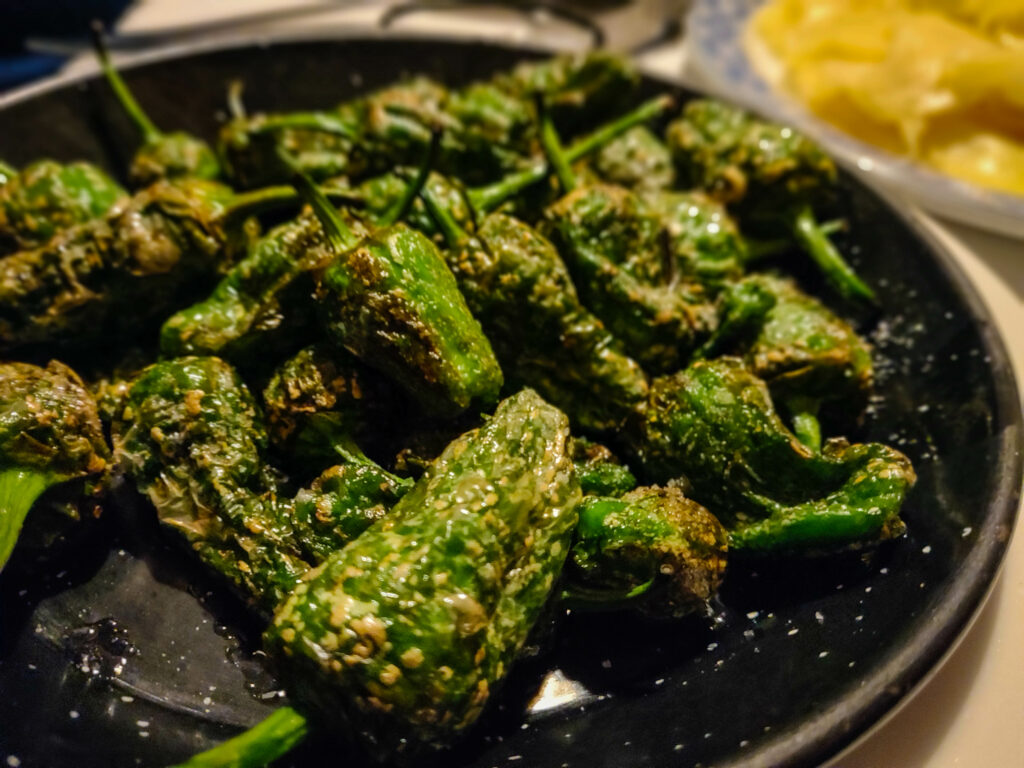
Queimada: The Galician Magical Fire Drink
We were so happy to have found out that Restaurante Rías Bajas was one of the few places in Madrid that do the ancient Galician ritual of Queimada!
Queimada is the mystical fire drink of Galicia. Made from augardente spirit and flavoured with herbs, coffee beans, sugar, lemon peels and cinnamon, the concoction is set on fire in a claypot, where it bursts with blue fire and is constantly stirred and poured with a copper ladle, while a Queimada spell is being read out loud. The drink is only served after the spell finishes.
QUEIMADA
Mouchos, curuxas, sapos e bruxas.
Demos, trasgos e diaños,
espíritos das neboadas veigas.
Corvos, píntegas e meigas:
feitizos das menciñeiras.
Podres cañotas furadas,
fogar dos vermes e alimañas.
Lume das Santas Compañas,
mal de ollo, negros meigallos,
cheiro dos mortos, tronos e raios.
Ouveo do can, pregón da morte;
fuciño do sátiro e pé do coello.
Pecadora lingua da mala muller
casada cun home vello.
Averno de Satán e Belcebú,
lume dos cadáveres ardentes,
corpos mutilados dos indecentes,
peidos dos infernais cus,
muxido da mar embravecida.
Barriga inútil da muller solteira,
falar dos gatos que andan á xaneira,
guedella porca da cabra mal parida.
Con este fol levantarei
as chamas deste lume
que asemella ao do Inferno,
e fuxirán as bruxas
a cabalo das súas vasoiras,
índose bañar na praia
das areas gordas.
¡Oíde, oíde! os ruxidos
que dan as que non poden
deixar de queimarse no augardente
quedando así purificadas.
E cando este beberaxe
baixe polas nosas gorxas,
quedaremos libres dos males
da nosa alma e de todo embruxamento.
Forzas do ar, terra, mar e lume,
a vós fago esta chamada:
se é verdade que tendes máis poder
que a humana xente,
eiquí e agora, facede que os espíritos
dos amigos que están fóra,
participen con nós desta Queimada.
TRANSLATION IN ENGLISH
Owls, barn owls, toads and witches.
Demons, goblins and devils,
spirits of the misty vales.
Crows, salamanders and witches,
charms of the healer.
Rotten pierced canes,
home of worms and vermin.
Wisps of the Holy Company,
evil eye, black witchcraft,
scent of the dead, thunder and lightning.
Howl of the dog, omen of death,
maws of the satyr and foot of the rabbit.
Sinful tongue of the bad woman
married to an old man.
Satan and Beelzebub’s Inferno,
fire of the burning corpses,
mutilated bodies of the indecent ones,
farts of the asses of doom,
bellow of the enraged sea.
Useless belly of the unmarried woman,
speech of the cats in heat,
dirty turf of the wicked born goat.
With this bellows I will pump
the flames of this fire
which looks like that from Hell,
and witches will flee,
straddling their brooms,
going to bathe in the beach
of the thick sands.
Hear! Hear the roars
of those that cannot
stop burning in the firewater,
becoming so purified.
And when this beverage
goes down our throats,
we will get free of the evil
of our soul and of any charm.
Forces of air, earth, sea and fire,
to you I make this call:
if it’s true that you have more power
than people,
here and now, make the spirits
of the friends who are outside,
take part with us in this Queimada.
Many people think that the Quiemada attests to Galicia’s ancient Celtic past, while others think that it is an invention in the fifties by Galician migrants to Madrid.
Whatever the case may be, this was a lot of fun that I will not hesitate to try again!
Restaurante Rías Bajas
Calle Alustante, 11, Calle Clara del Rey, 33, Posterior
28002 Madrid
Spain
restaurante-rias-bajas.jimdosite.com
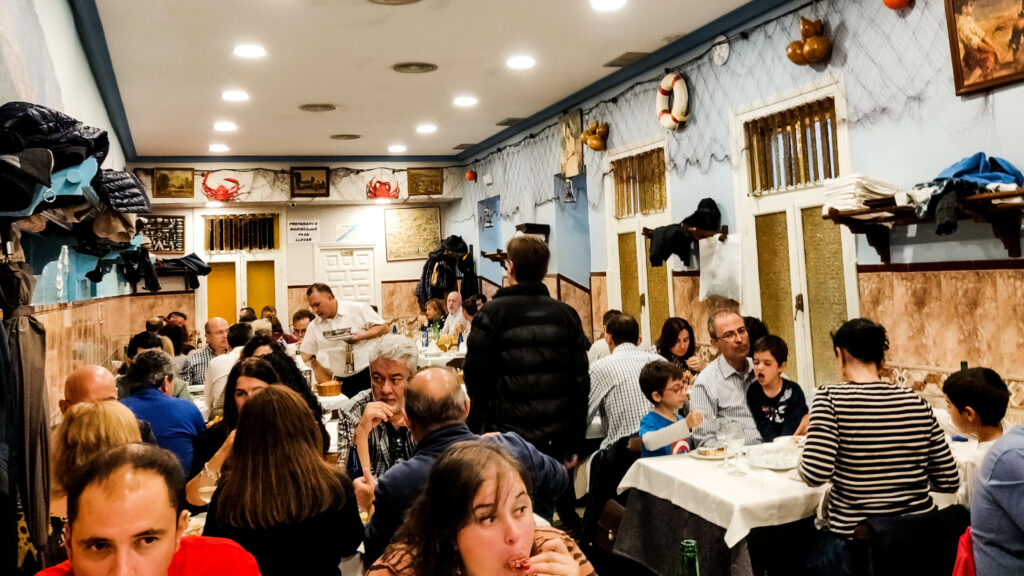

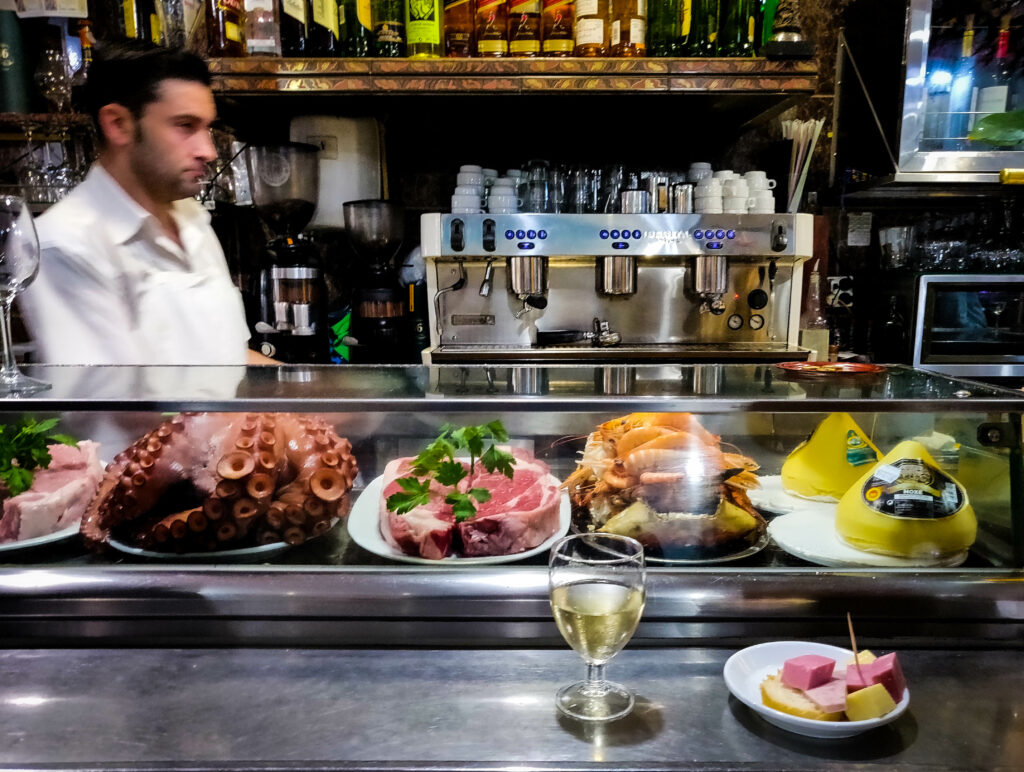
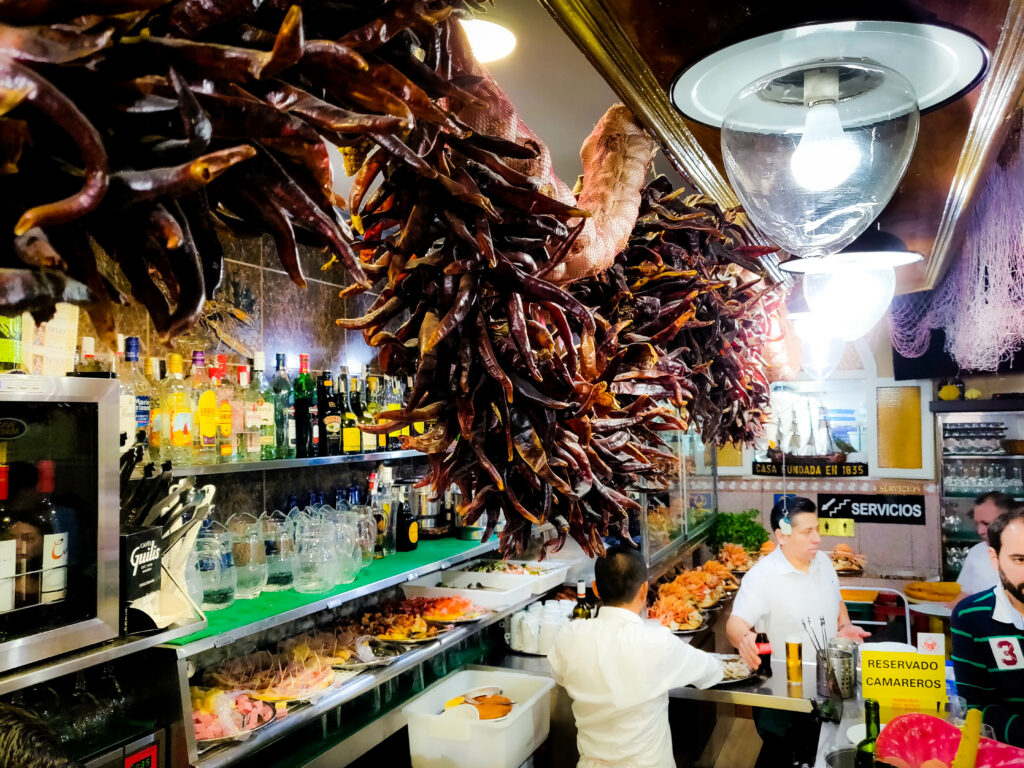



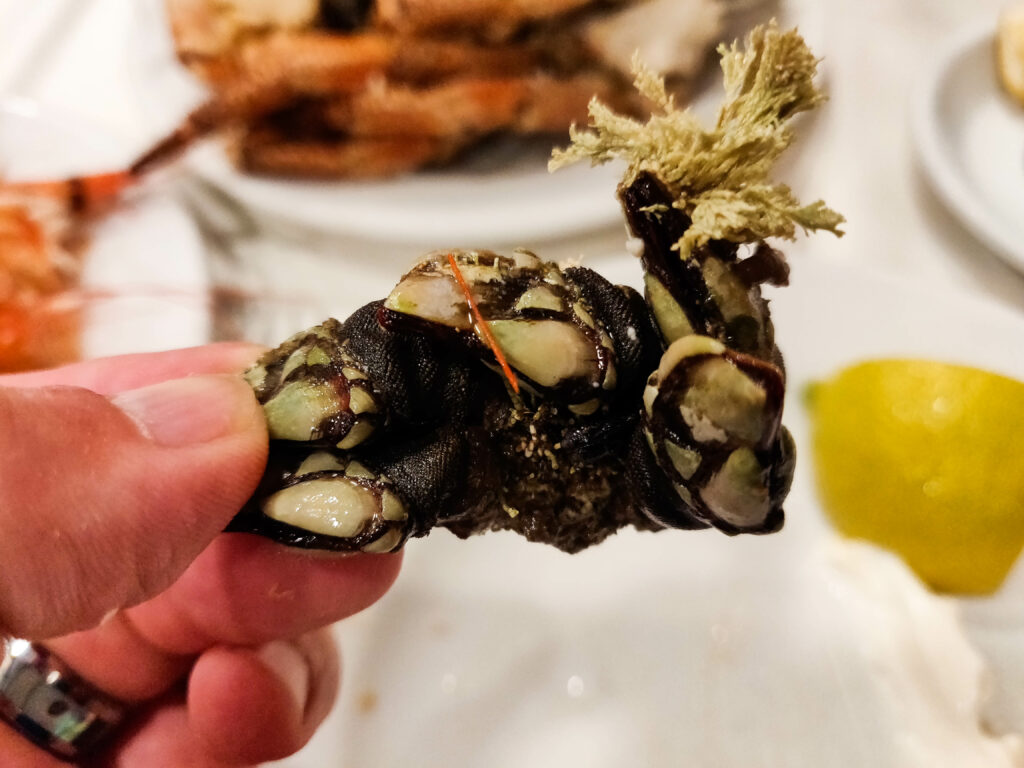
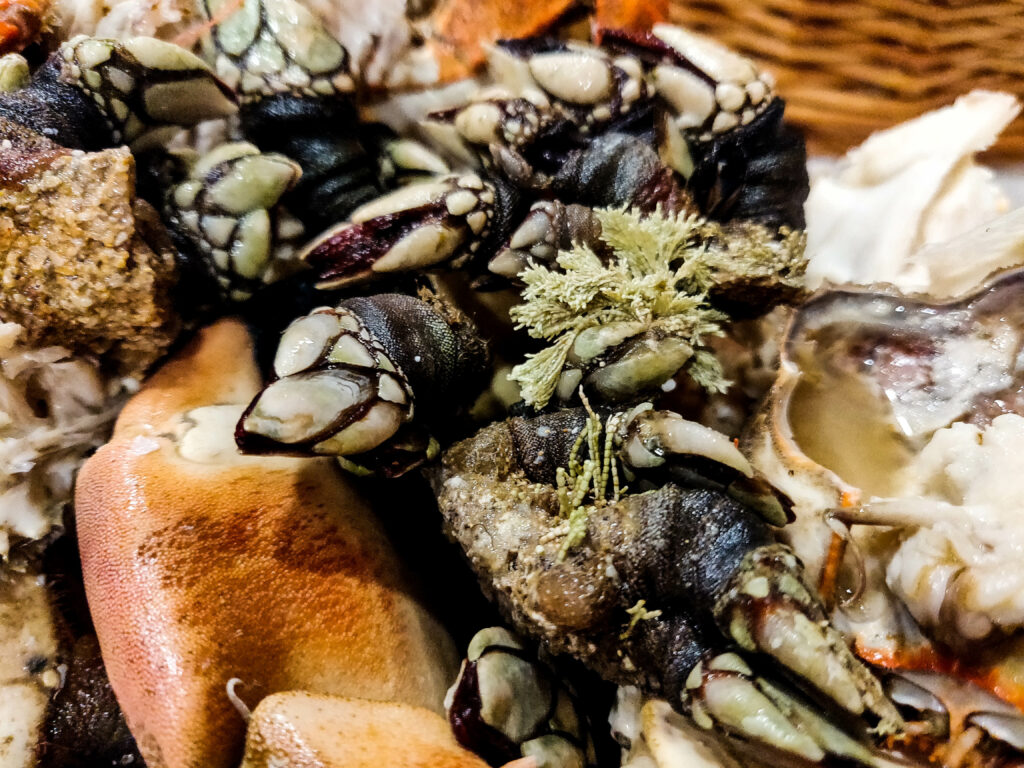
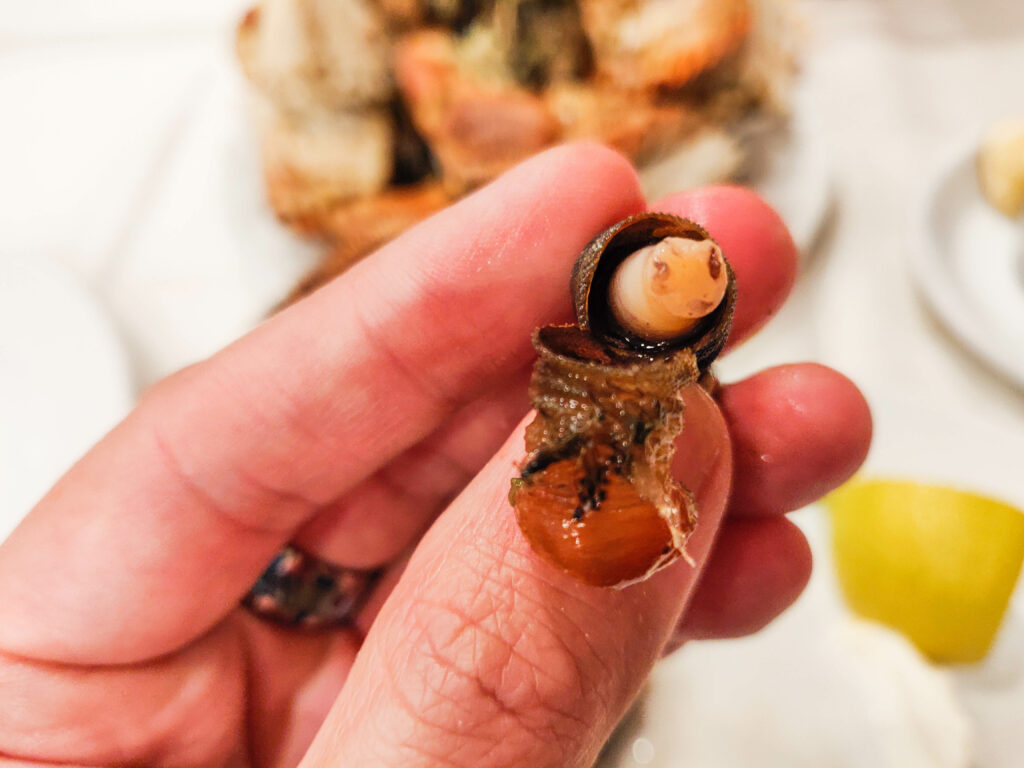
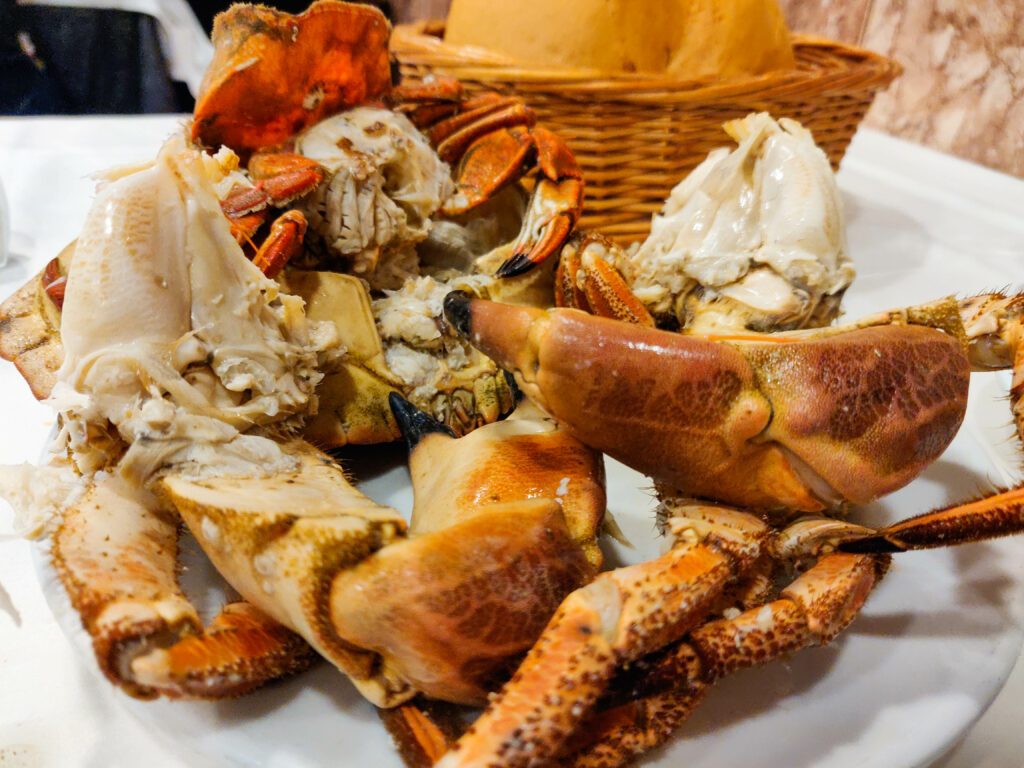
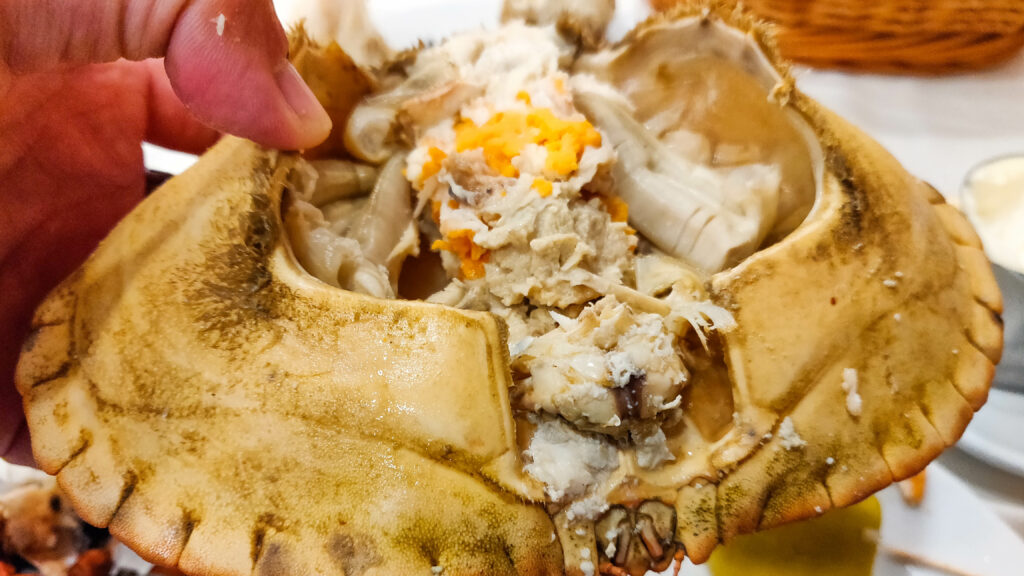

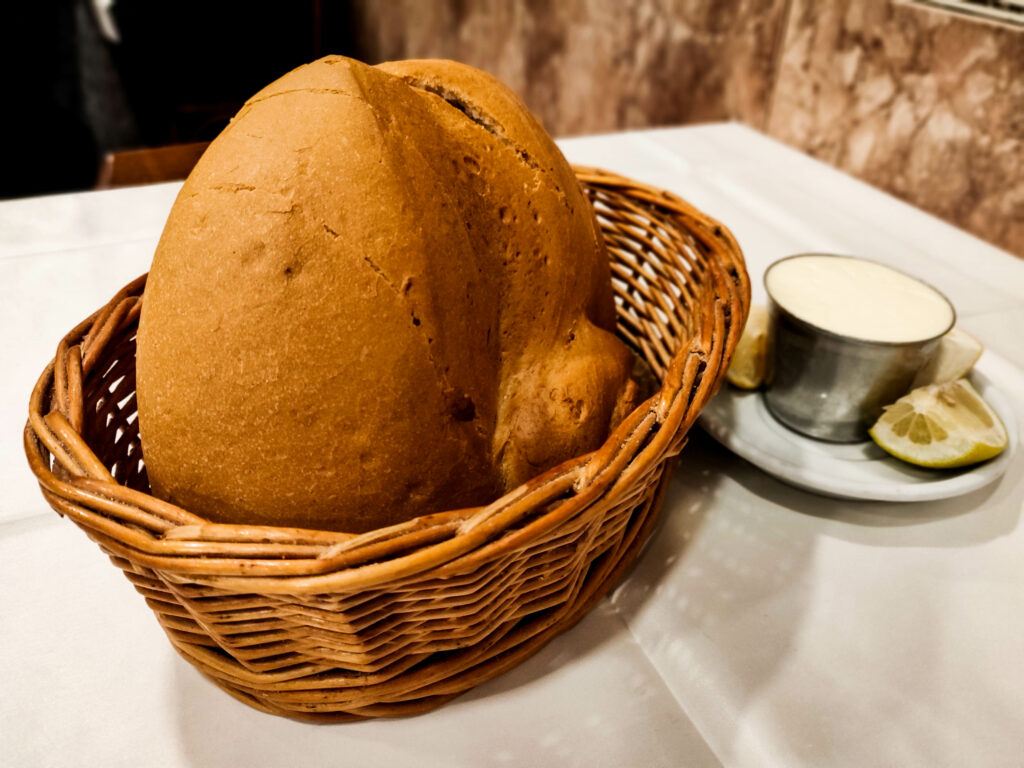
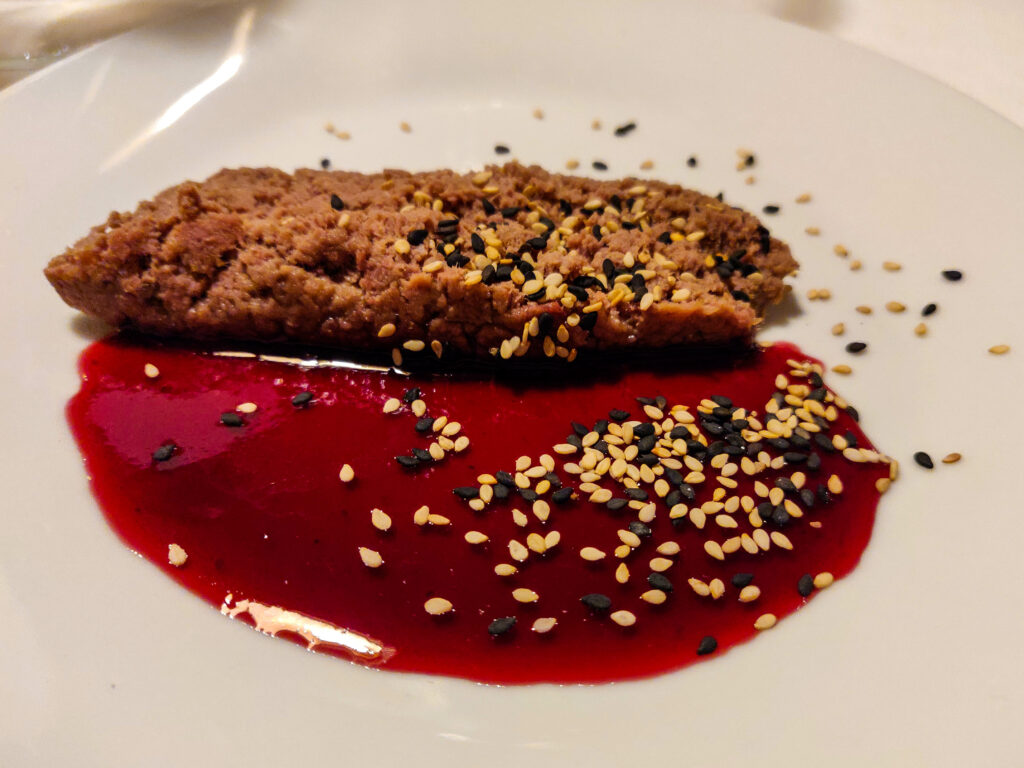
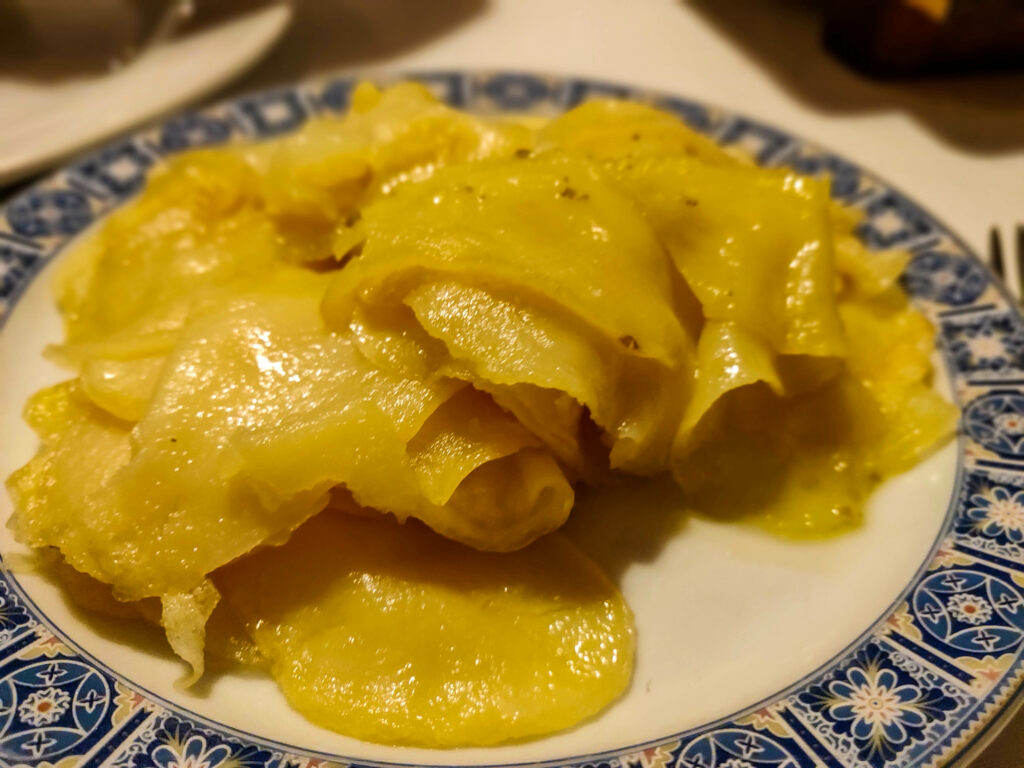
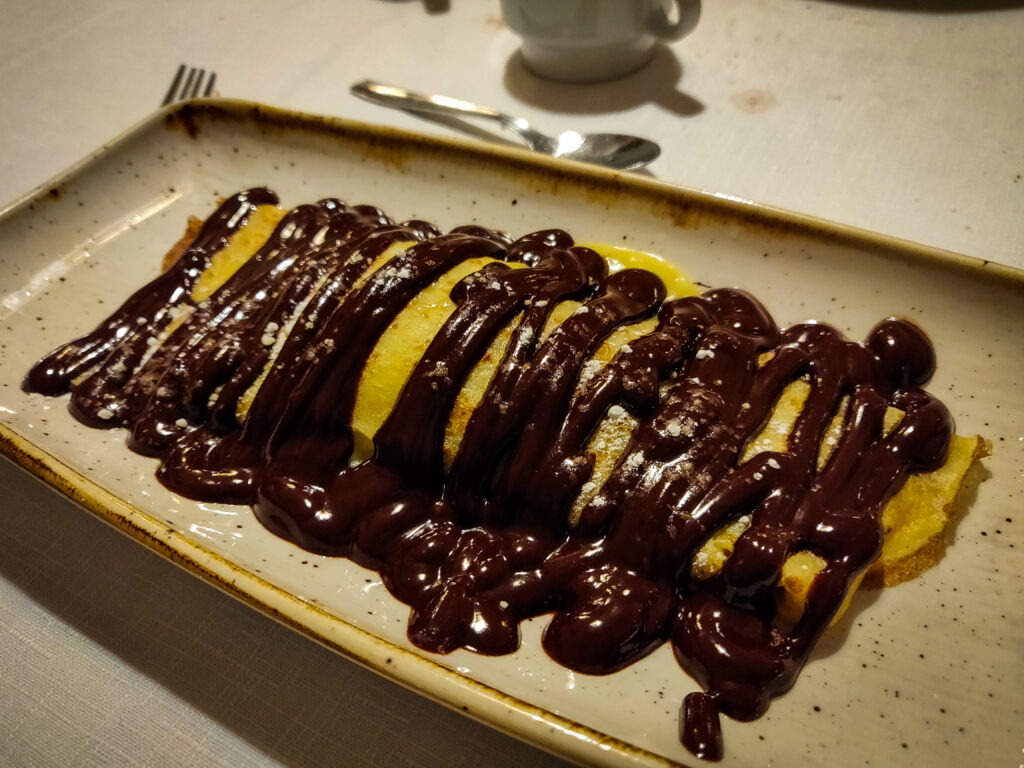


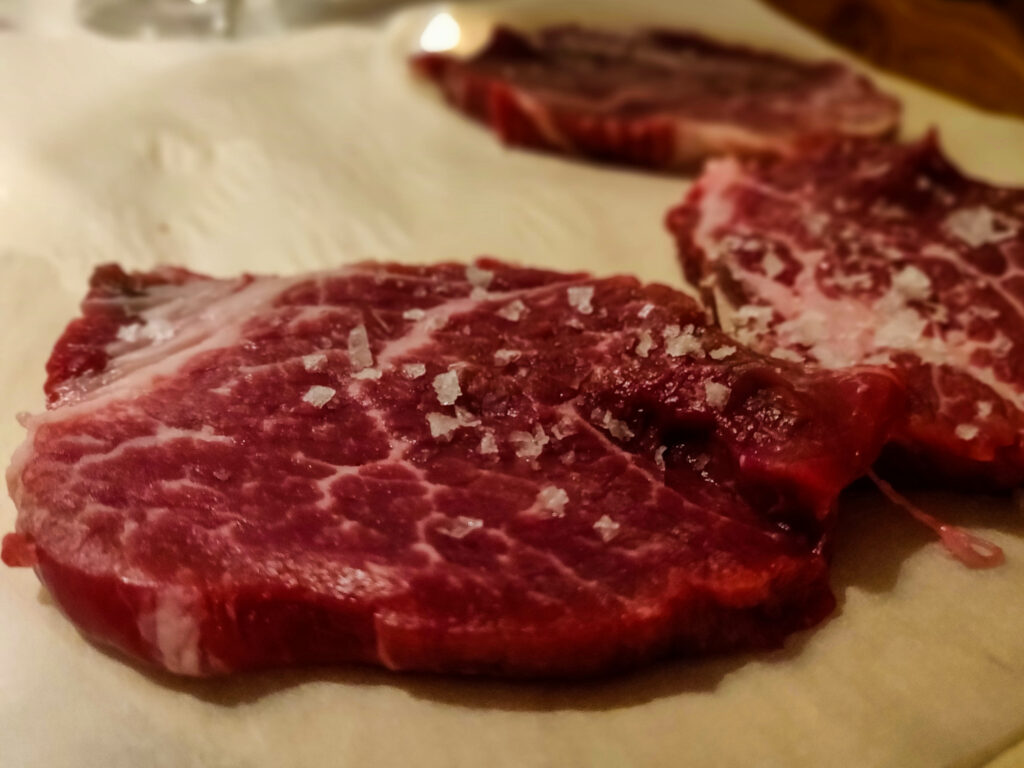
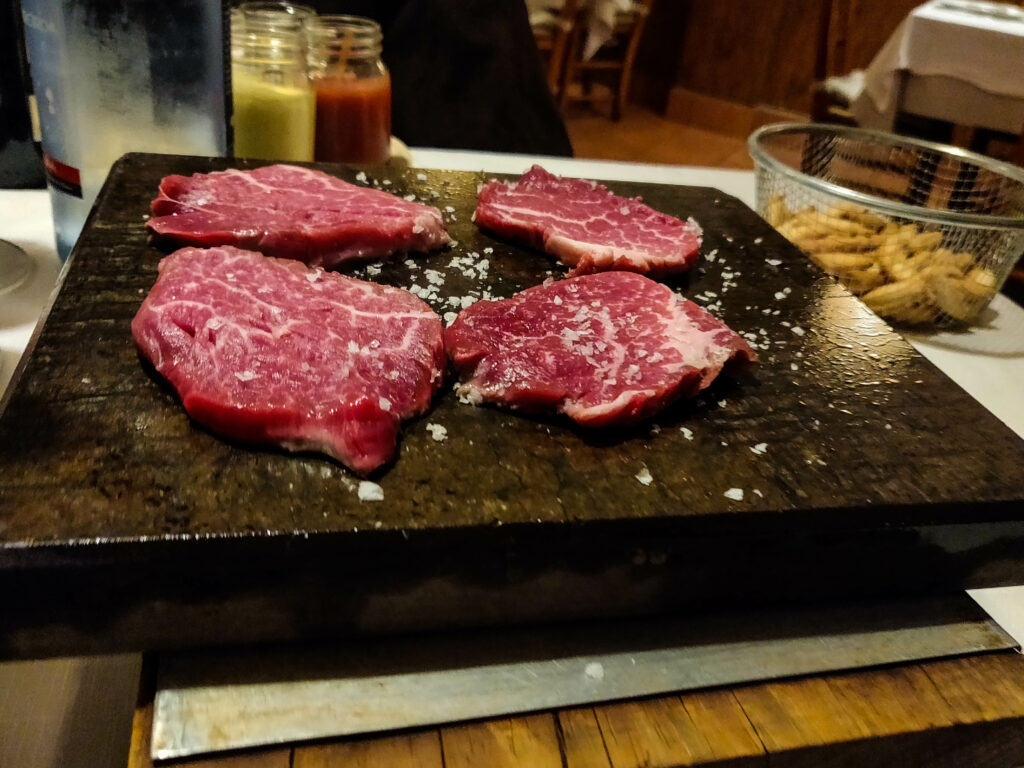
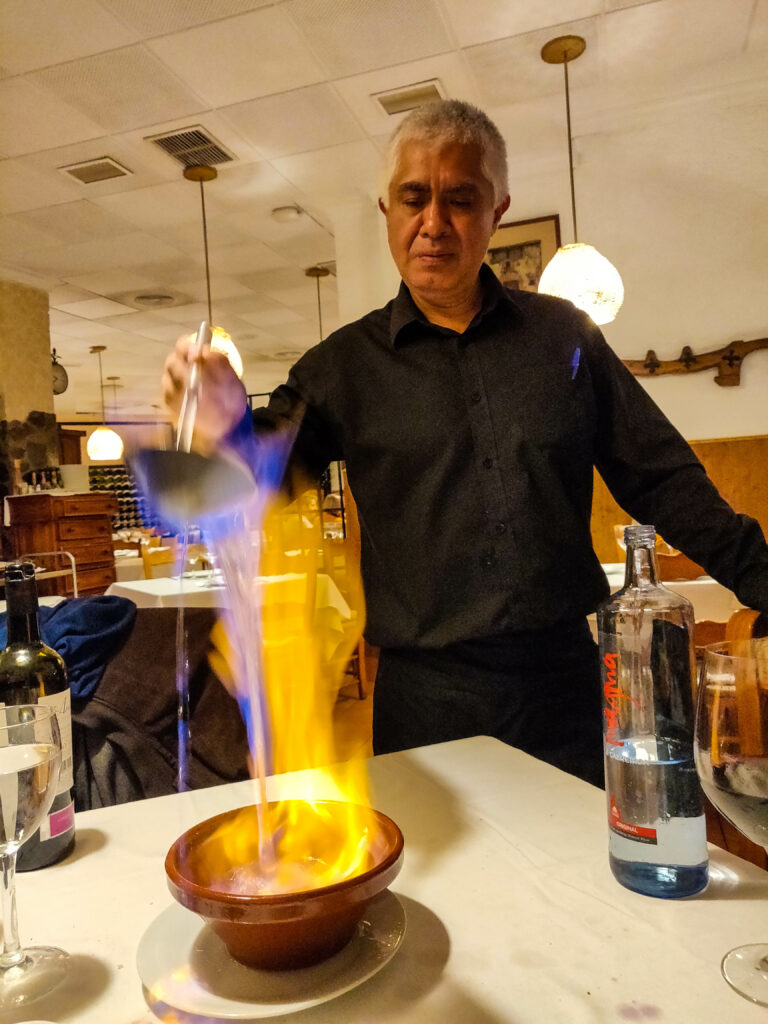
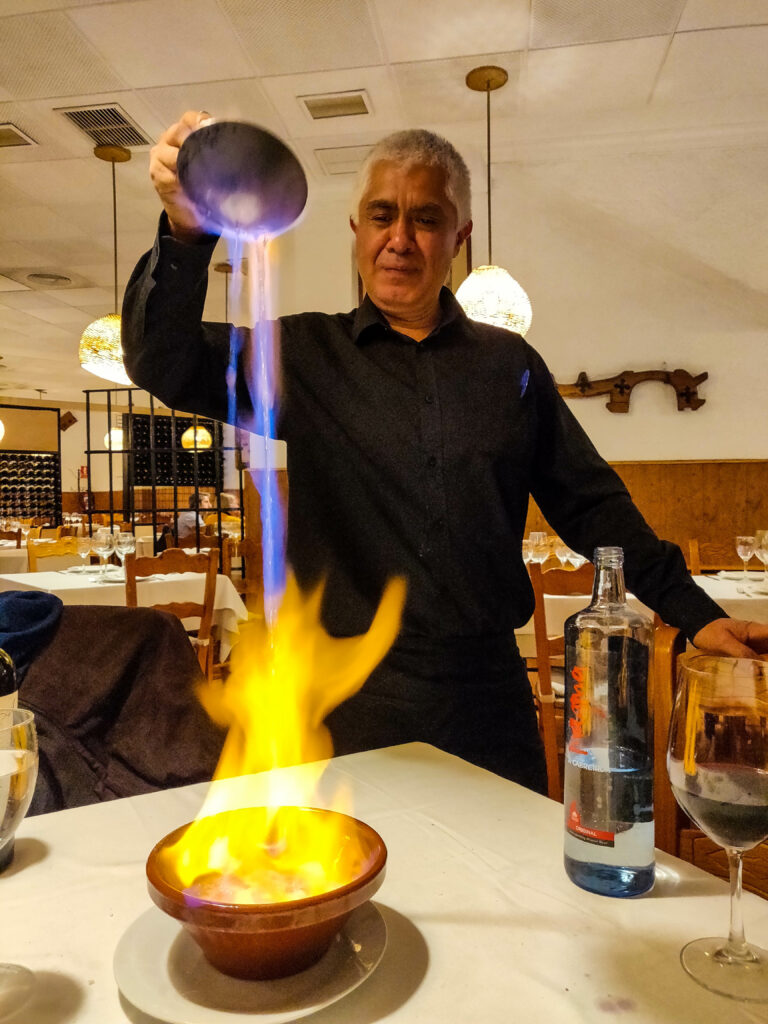
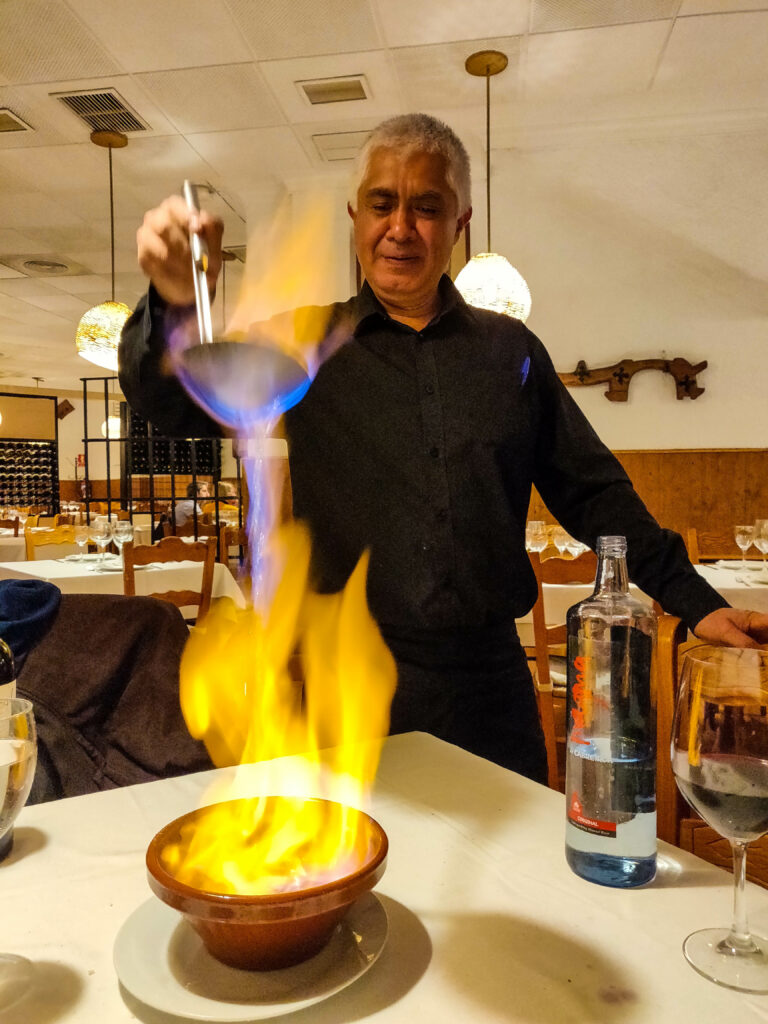

1 Comment